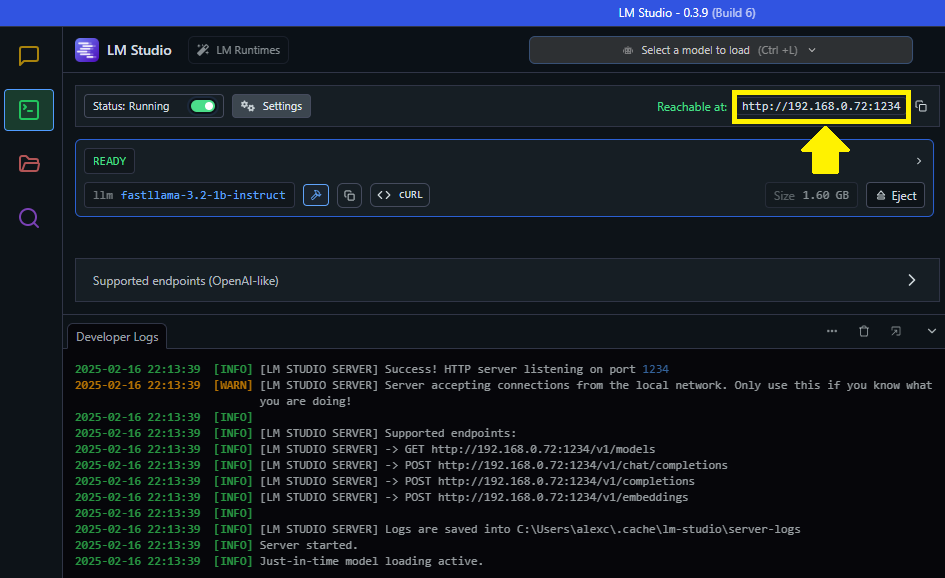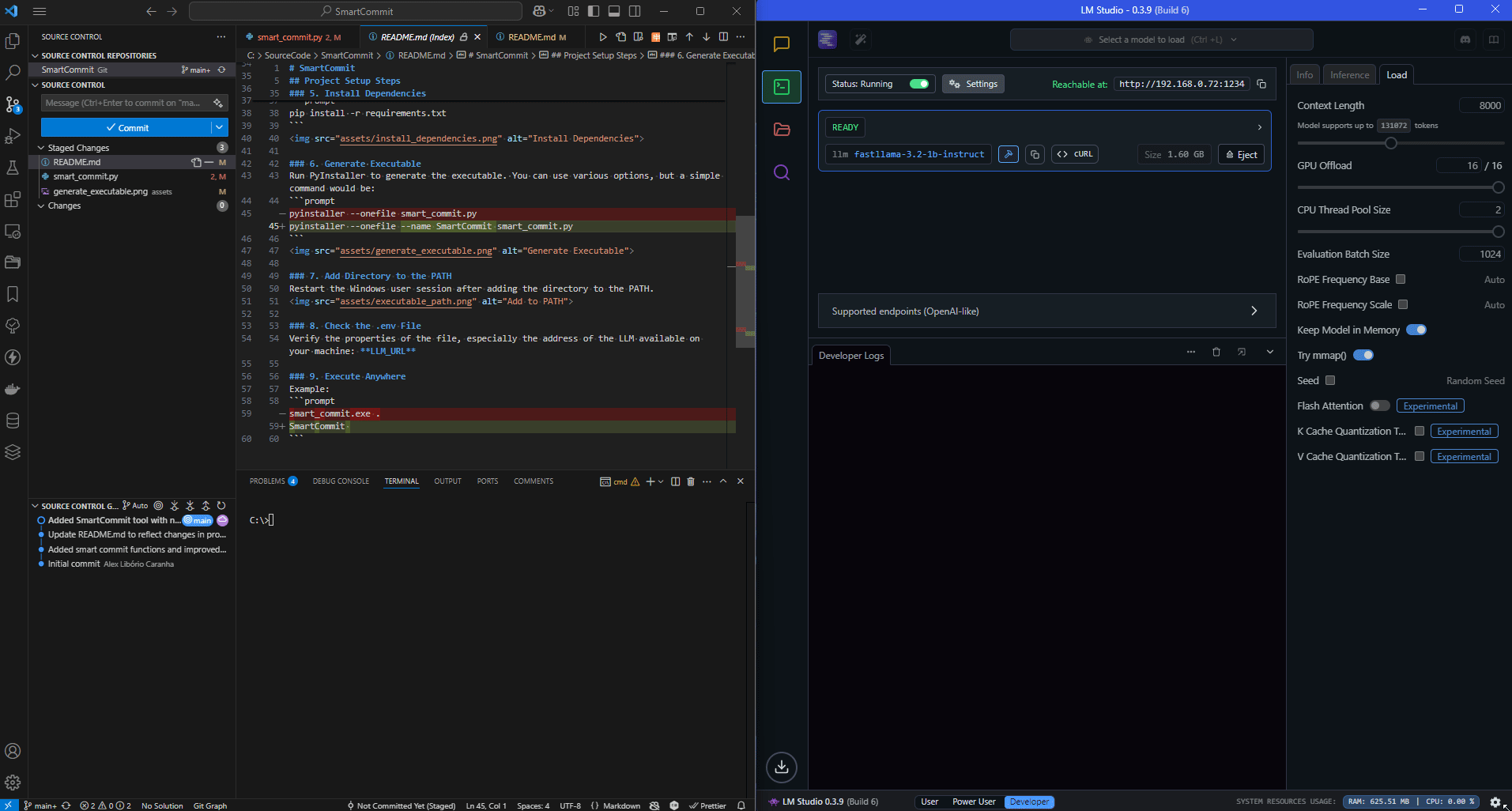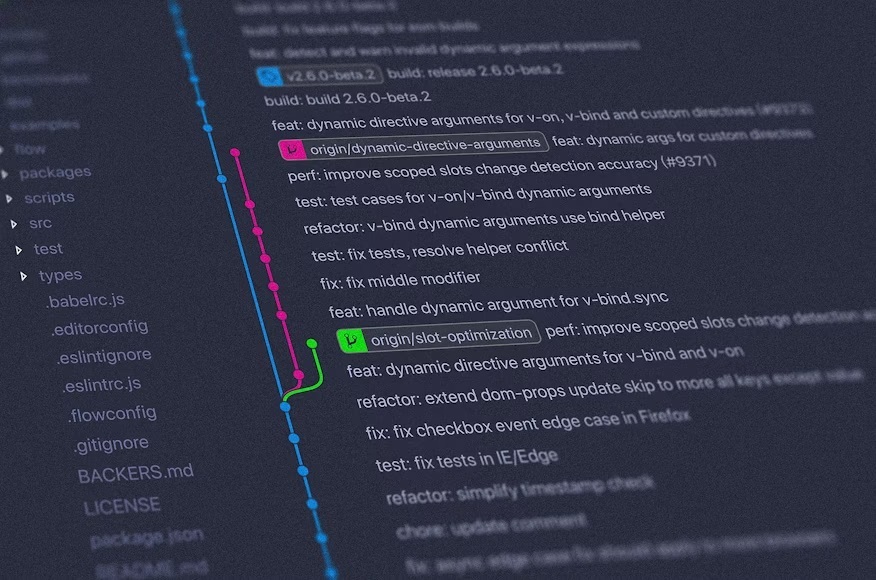Table of Contents
- Introduction
- The Problem: Inconsistent Commit Messages
- The Solution: AI-Generated Commit Messages Based on Changes
- How Does SmartCommit Work?
- Benefits of SmartCommit
- Privacy and Security
- Installing and Using SmartCommit
- Conclusion
Introduction
How many times have you struggled to write a commit message that clearly and concisely summarizes your code changes, especially when rushing to push a hotfix?
In these moments, I find myself carefully selecting words: checking if the message accurately represents the code changes, whether it’s in active or passive voice, and if it’s direct and clear enough for another developer to understand without inspecting the modified files.
If you, like me, face this challenge daily, this article is for you.
The Problem: Inconsistent Commit Messages
Maintaining a well-structured commit history is essential, especially in collaborative development. However, in the rush of daily tasks, we often see vague commit messages like:
- “Bug fixed”
- “Various adjustments”
- “Updates”
These messages don’t provide a clear picture of what has changed, making it difficult to track project progress without manually inspecting each modified file.
The Solution: AI-Generated Commit Messages Based on Changes
To solve this issue, I developed SmartCommit, a tool that leverages a local AI model (LLM) to suggest commit messages based on repository changes.
How Does SmartCommit Work?
SmartCommit analyzes the modifications in the repository and generates a coherent and informative commit message suggestion. It integrates with Git and uses a local AI model (LLM) to process modified, created, or removed files.
Overview
SmartCommit works as follows:
-
Gathering Information
- SmartCommit inspects the repository state and staged files in Git.
- Simultaneously, a local AI model (LLM) analyzes the changes and proposes a suitable commit message.
-
Commit Message Generation
- The tool combines Git data with AI suggestions to create a descriptive and relevant message.
-
Final Output
- The generated message is displayed for use in the commit.
Benefits of SmartCommit
SmartCommit helps developers:
- Maintain a well-organized and standardized commit history.
- Save time by automating commit message generation.
- Ensure clear, concise, and consistent commit descriptions.
Privacy and Security
To maintain data security, it is recommended that the AI model be run locally. This way, you avoid sending confidential information to external servers and prevent unnecessary costs associated with cloud processing.
Key Features:
- Automatic generation of commit messages.
- Integration with language models (LLM) to enhance suggestions.
- Simple and quick configuration.
Installing and Using SmartCommit
1. Clone the Repository
git clone https://github.com/AlexCaranha/SmartCommit.git
cd SmartCommit
2. Install Dependencies
Ensure that Python 3.11 is installed and set up a virtual environment:
python -m venv venv
source venv/bin/activate # Linux/macOS
venv\Scripts\activate # Windows
pip install -r requirements.txt
3. Configure Parameters
SmartCommit’s behavior can be adjusted by modifying the variables in the configuration file:
TEMPERATURE=0.7
MAX_TOKENS=-1
LLM_URL="http://localhost:1234/v1/chat/completions"
PROMPT_LLM="As a commit message expert, analyze the changes in the source code and suggest a commit message that is clear, direct, concise, and in English. Highlight instances of new or deleted files. Provide only the commit message without additional explanations or information. Keep the message brief."
I recommend using LM Studio to install and configure the AI model (LLM) server locally. The LLM_URL address can be found here:

4. Create the Executable (Windows)
pyinstaller --onefile --name SmartCommit smart_commit.py
The executable will be created in the dist/ folder. Add this directory to the PATH to run SmartCommit from any directory.
5. Run SmartCommit
Specify the path of the repository where you want to receive the commit message recommendation:
SmartCommit c:\MyLocalRepository
Demonstration

Conclusion
If you want to maintain a clean and organized commit history without manually crafting every commit message, SmartCommit is the perfect tool. Integrated into your Git workflow, it generates concise commit messages based on repository changes.
Try SmartCommit and see how it can streamline your Git workflow!
Did you like this article? Share it with your colleagues. See you next time!

